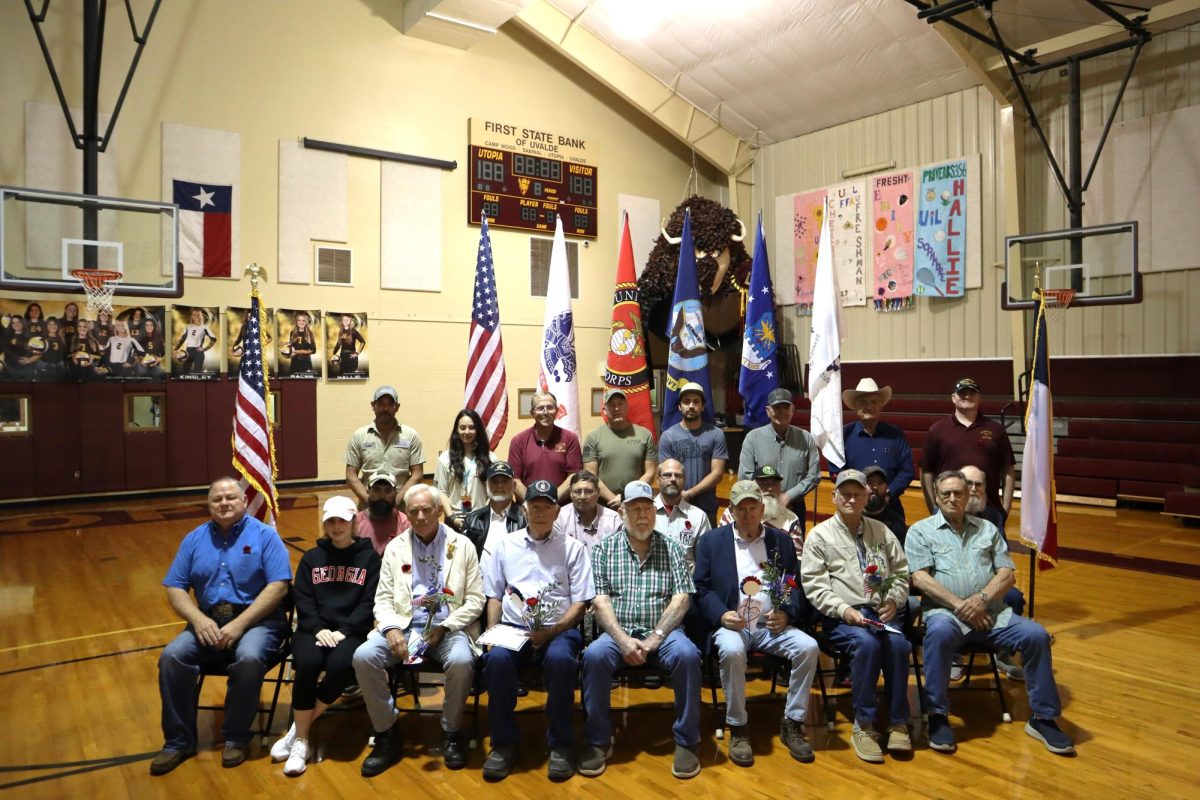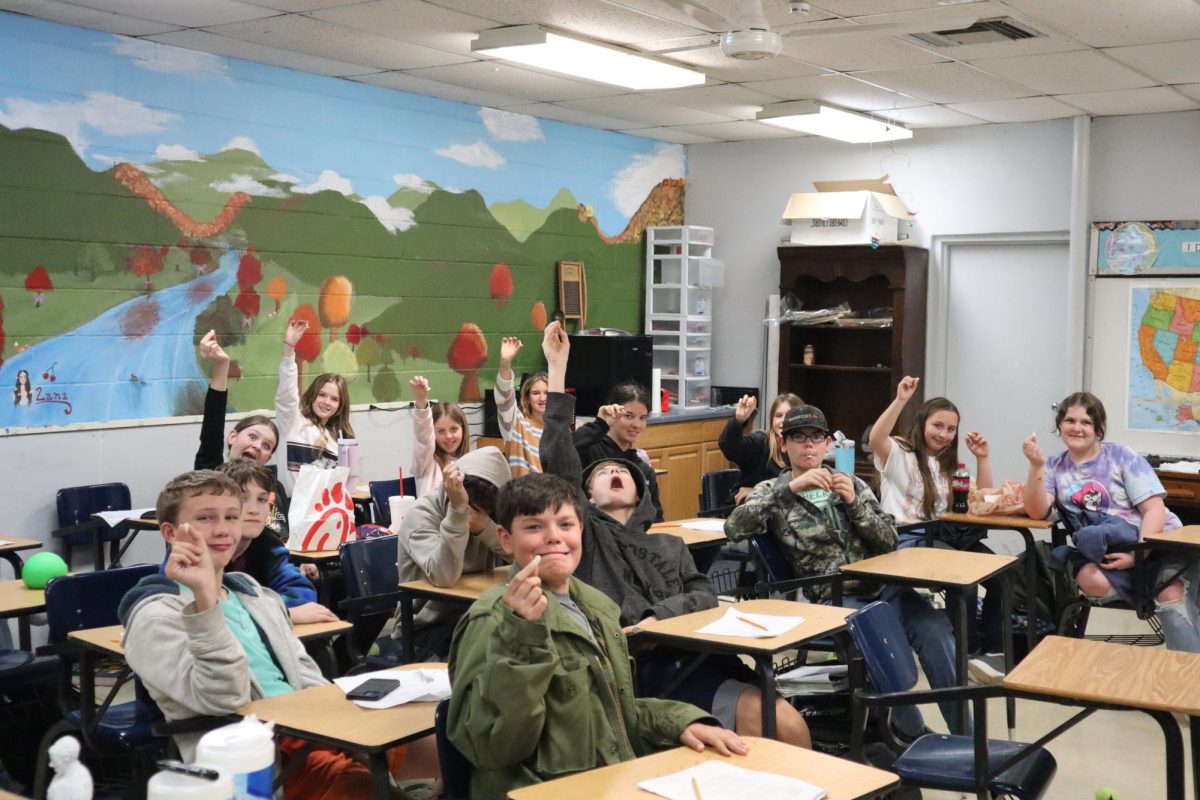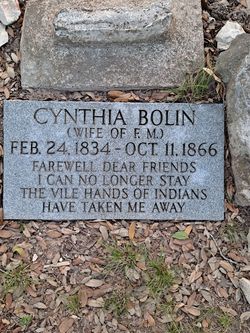The “Black Bean Episode” from Texas History was recently recreated in Mr. Berner’s Utopia Junior High 7th-grade classroom by his students. In 1842, one out of 10 Texas soldiers were executed after invading Mexico and being captured. Two unlucky students drew the black beans, while fifteen lucky students did not. More details about the historical event are listed below.
The Black Bean Episode, emerging in the aftermath of the Mier Expedition, transpired when Texan captives endeavored to break free during their journey from Mier to Mexico City. After a breakout in Salado, Tamaulipas, on February 11, 1843, approximately 176 men were recaptured within a week. Initially, an edict called for the execution of all escapees, but it was later amended to a somber order to execute every tenth man. Colonel Domingo Huerta supervised this process of decimation, where victims were determined by drawing lots from a pool of 176 beans, with seventeen black beans sealing the fate of their bearers.
The drawing sequence began with commissioned officers, followed by enlisted men based on muster rolls. Notably, William A. A. (Bigfoot) Wallace, positioned close to the drawing, identified the black beans and successfully chose a white one, averting the impending doom. Witnesses later described the dignity, fortitude, composed demeanor, and overall bravery displayed by those drawing the beans of death. Some conveyed messages to their families through companions; a few wrote letters home.
On March 25, 1843, the seventeen unfortunate individuals selected by the lottery, including James Decatur Cocke, William Mosby Eastland, and others, were freed from their fellow captives, placed in a separate courtyard, and executed at dusk. James Shepherd, among the chosen victims, survived by pretending to be lifeless. The guards, convinced of his demise, left him in the courtyard, enabling him to escape under the cover of night. However, he was recaptured and subsequently shot.
In 1848, the bodies of the deceased were repatriated from Mexico and laid to rest at Monument Hill, near La Grange, Fayette County. This historical episode serves as a poignant reminder of the human toll and resilience in the face of adversity. In 1848, the bodies were returned from Mexico to be buried at Monument Hill, near La Grange, Fayette County.










